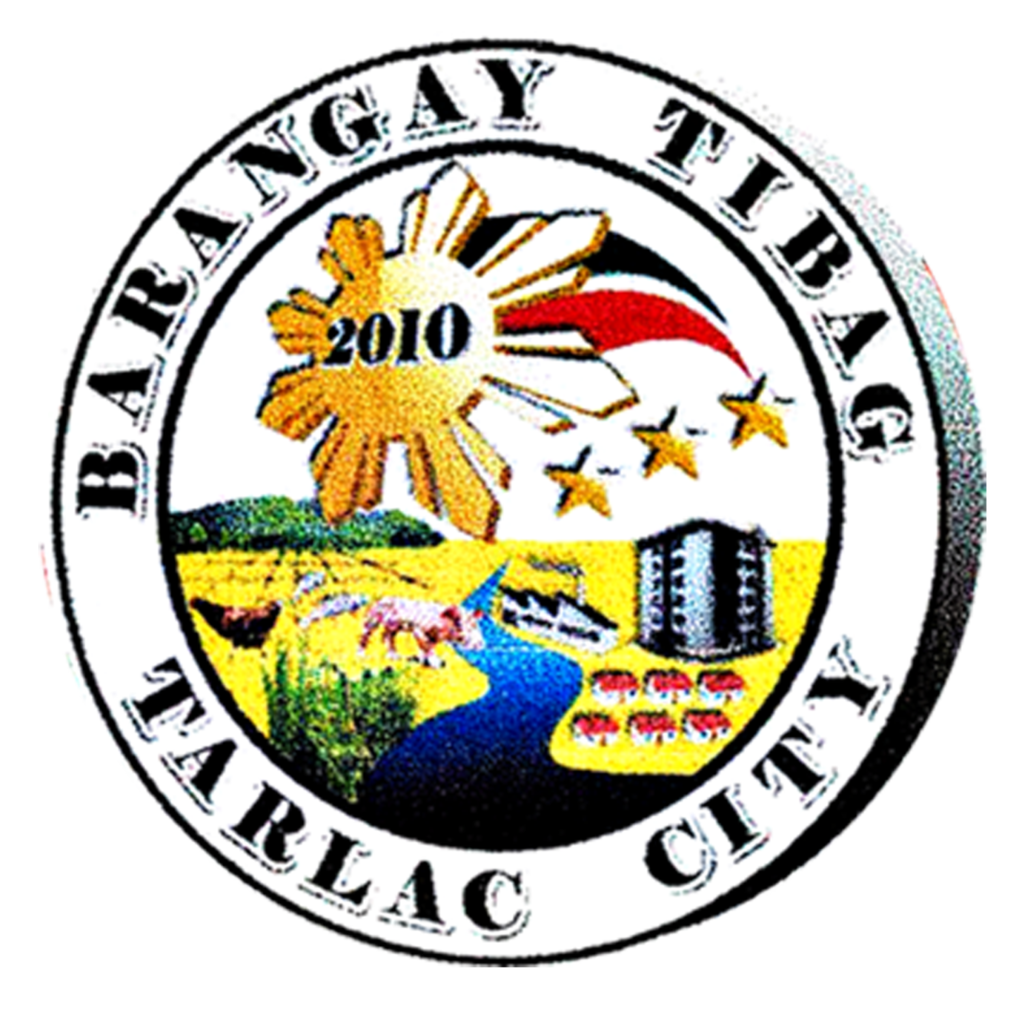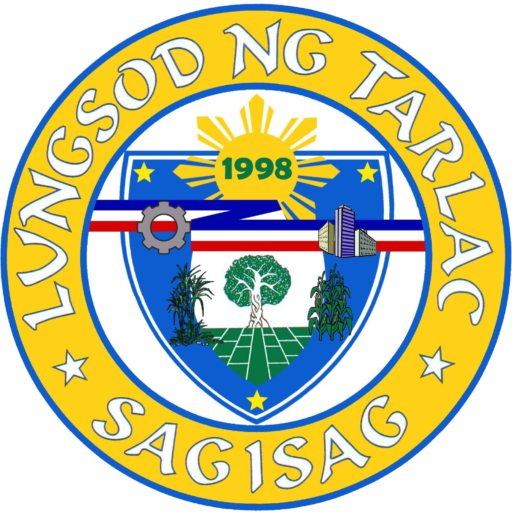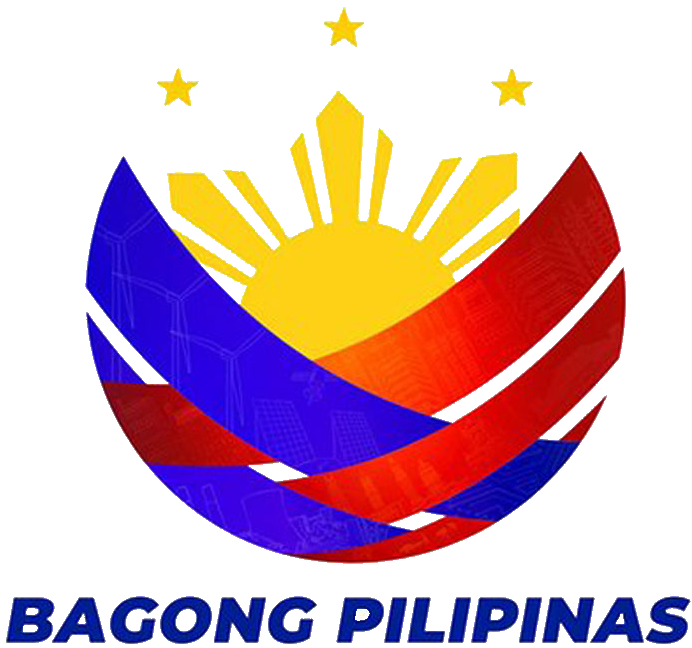
BARANGAY TIBAG HISTORY
Barangay Tibag bounded by Barangay Care and Sapang Maragul on the North, Carangian on the West, Balanti on the South, and Barangay Tibagan on the Southwest.
It is approximately 4.0 kilometers away from city proper. It has a total land area of 773.12 hectares, which corresponds to agricultural and residential area.
Barangay Tibag classified as Rural Barangay, it has a total population of one thousand eight hundred seventy two (1,872) as of 2005, and a household population of one thousand one hundred sixty five (1,165).
Barangay Tibag was both agricultural and commercial area. Agriculture is one of their primary sources of livelihood. Approximately 70% of the total populace here were farmers. They cultivate palay, vegetables, corn and so on. Some residents were having their own business stall such as sari sari stores, canteen, bar and so on. Other businesses situated here are resorts, videoke bar, construction supply, hardware, rice mill and so on.
Senior residents of this barangay have relevant ideas and explanation on how Tibag originates. According to them, this was based on the stories of their grand parents who were the early settlers in the place.
Tracing the history of the archipelago, as early as the Spanish colonization era, we may find some clue for enlightenment because the “TIBAG” has something to do with Spanish relics as the Holy Cross or a Saintly image that were brought by the Spanish missionaries from Mexico to the Philippines together with various religious item.
It was believed that during one official travel by the river of some Spanish missionaries bringing with them the Holy Cross and saintly images, a strong typhoon swept their boat wayward that thought none of them was hurt, though considerable images frighten, either of the Holy Cross and other saintly images were thrown outboard and got lost with the torrents. They may be at the portion approximately at the vicinity of Tibag when the said incident happens. When the calamity subsides, the missionaries accounted a great loss of their belonging. They were actually confused on where to find such belongings. In one Pampanga River some precious items found, hidden with muddy silt, they called that place somewhere in the vicinity between Pampanga and Bulacan at a place named “Tibag”. As the rest of the missionaries investigate the areas of the Tarlac Rivers they made actually found, the portion of the now, Tibag Tarlac is likely to be the outlet were some of their precious items got loss hence, naming place Tibag.
Ninety percent of the total populations are Pampango, and the rest are Tagalog, Bisaya, Pangasinense, and Ilocano.
Barangay Tibag celebrates their feast day every December 7-8 as a thanksgiving to the Patron Immaculate Conception. The Immaculate Conception is, according to Roman Catholic dogma, the conception of Mary, the mother of Jesus without any stain of original sin, in her mother’s womb: the dogma thus says that, from the first moment of her existence, she was preserved by God from the lack of sanctifying grace that afflicts mankind, and that she was instead filled with divine grace. It is further believed that she lived a life completely free from sin. Her immaculate conception in the womb of her mother, by normal sexual intercourse (Christian tradition identifies her parents as Sts.Joachim and Anne), should not be confused with the doctrine of the virginal conception of her son Jesus.

